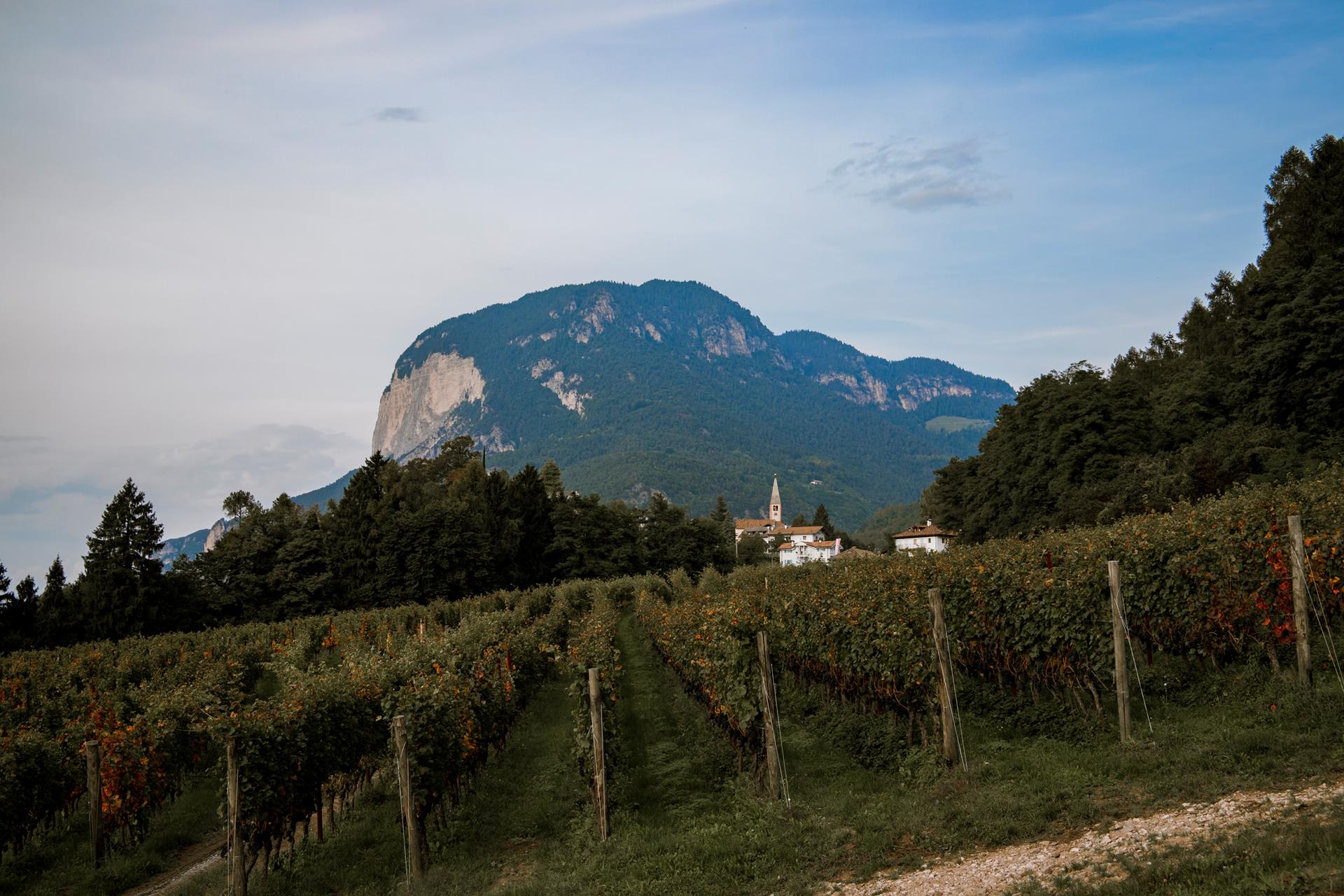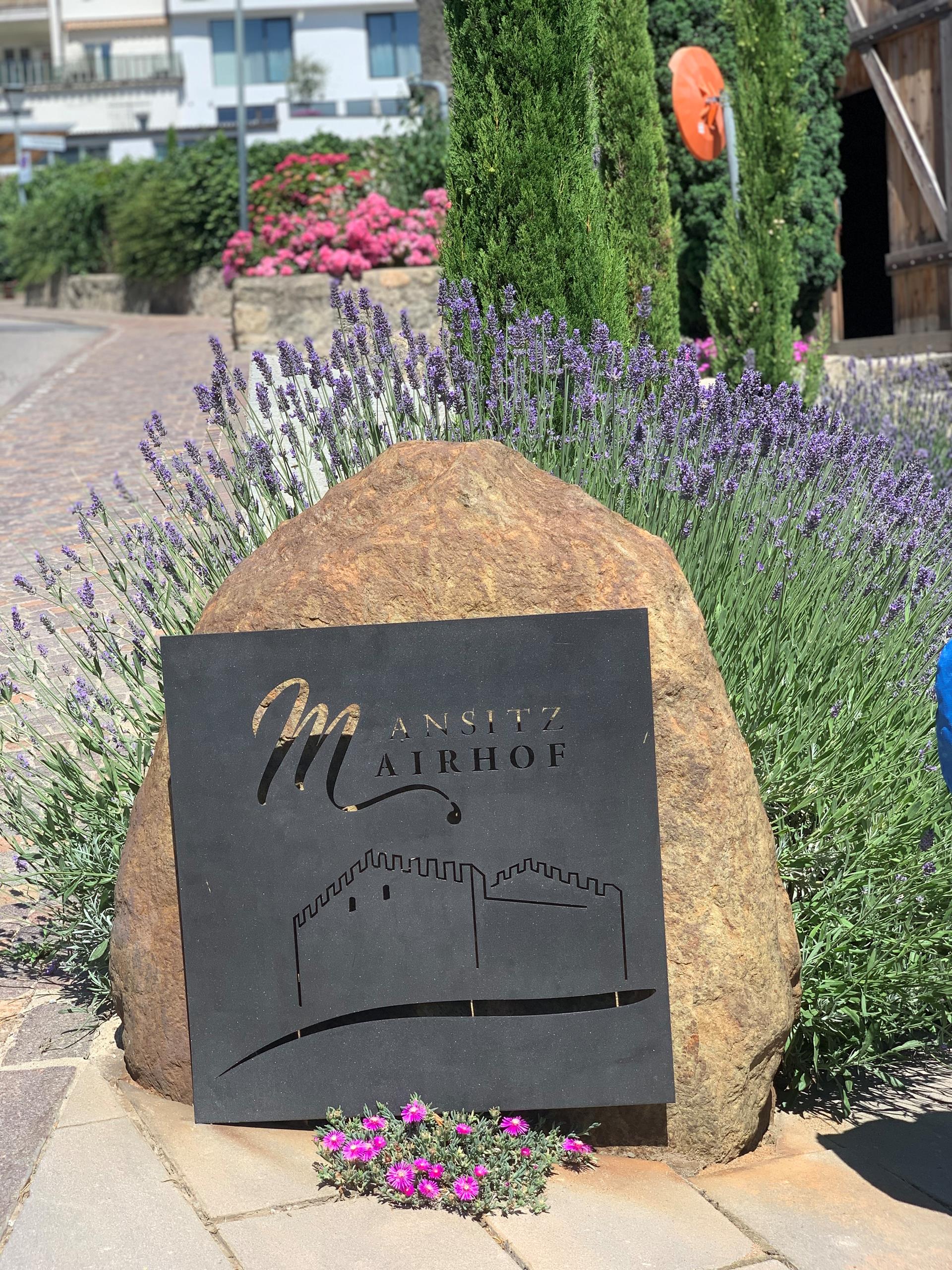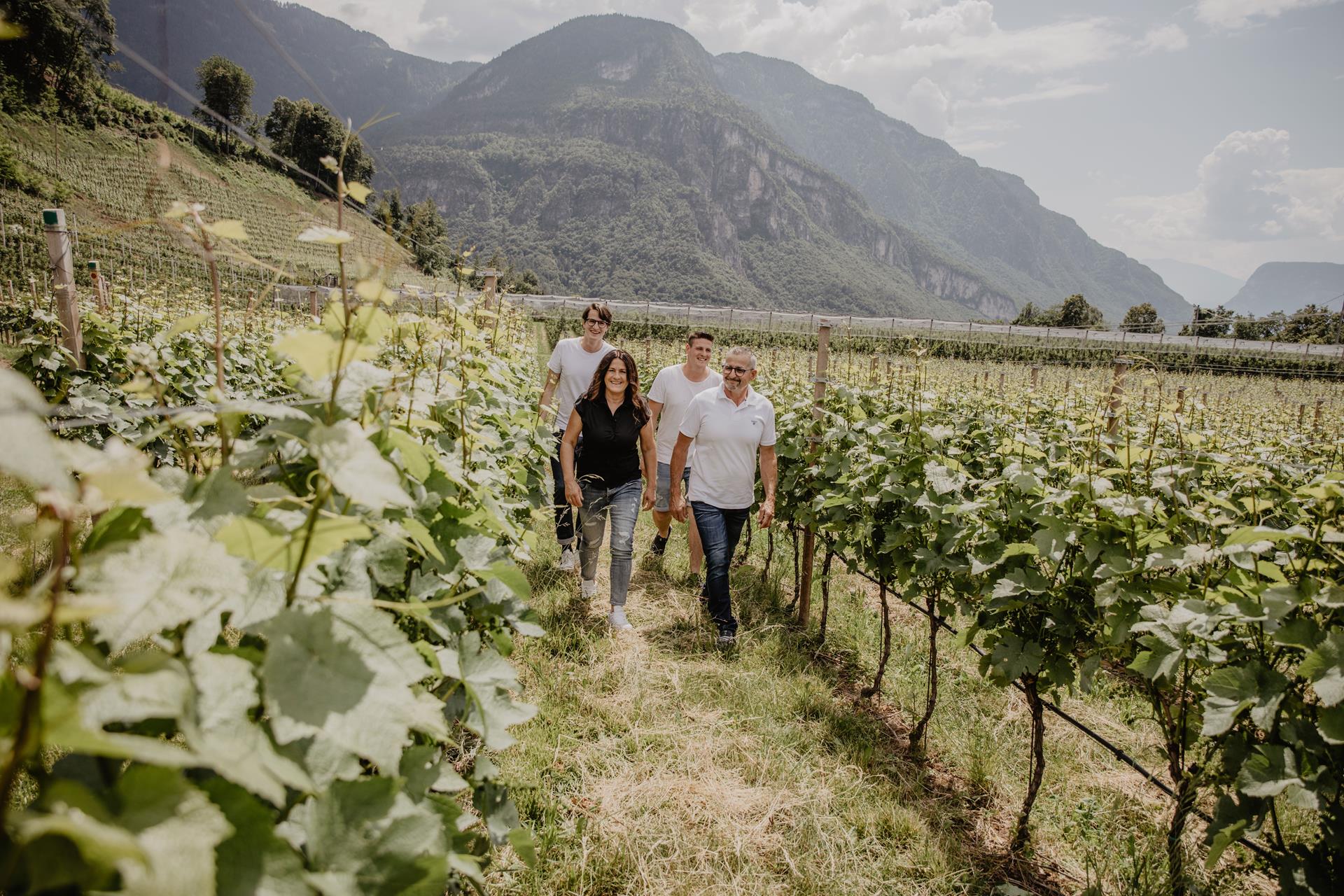The Mauslocherhof is run by the winegrower according to clear guidelines. Kiem calls herself “an open-minded thinker who gets the best from nature with passion.” And that also means working sustainably and close to nature – both in the vineyard and in the winery. “For us, working sustainably is something which is self-evident,” the committed winegrower says, adding, “But we’ve always worked that way.”
The goal of the quality work at the Mauslocherhof is creating eloquent wines with a relationship to their zone which are authentic and have their own character. “They should be elegant, pleasant, balanced wines that reflect our commitment and our conscientious work in the vineyard and the winery,” Kiem explains. In order for it to be possible to achieve that, great value is placed at the Mauslocherhof in Cermes on an ideal selection of grape varieties. “For every plot of every single vineyard, we have considered for a long time and with great care which grape variety can best develop there,” the winegrower says.
And the care with the selection of varieties has led to a broad product line. On the red side, this encompasses Lagrein, Merlot, and Pinot Noir, and with the whites Gewürztraminer, Yellow Muscat, Pinot Blanc, and Sauvignon Blanc. As has been stated, “small winegrowers” are not to be underestimated. Ever.



























